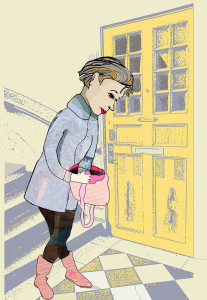Incontinence
 Urinary incontinence – involuntary leakage of urine – occurs in a quarter of all women and is twice as common in women as in men. Frequency and severity increase with age.
Urinary incontinence – involuntary leakage of urine – occurs in a quarter of all women and is twice as common in women as in men. Frequency and severity increase with age.
Leakage most commonly occurs in association with coughing, physical exertion (particularly jumping) or sneezing – stress incontinence. Urge incontinence involves leakage associated with the urge or sudden need to urinate. Mixed incontinence involves both stress- and urge-related leakages.
Most people do not seek medical help, sometimes because the problem is regarded as ”normal”, sometimes because of embarrassment or poor access to healthcare. In Sweden more than 90% of all adults have access to the Internet and over 80% have a smartphone. New treatment methods are becoming possible.
The first-line treatments for incontinence in women are pelvic floor exercises and life style advice. The problem can be reduced through weight loss in people who are overweight or obese. Bladder retraining, a form of behavioural training, can also be effective for urge- and mixed-incontinence. Local oestrogen treatment may be appropriate during or after the menopause.
Read more about incontinence in women and men (in Swedish)
